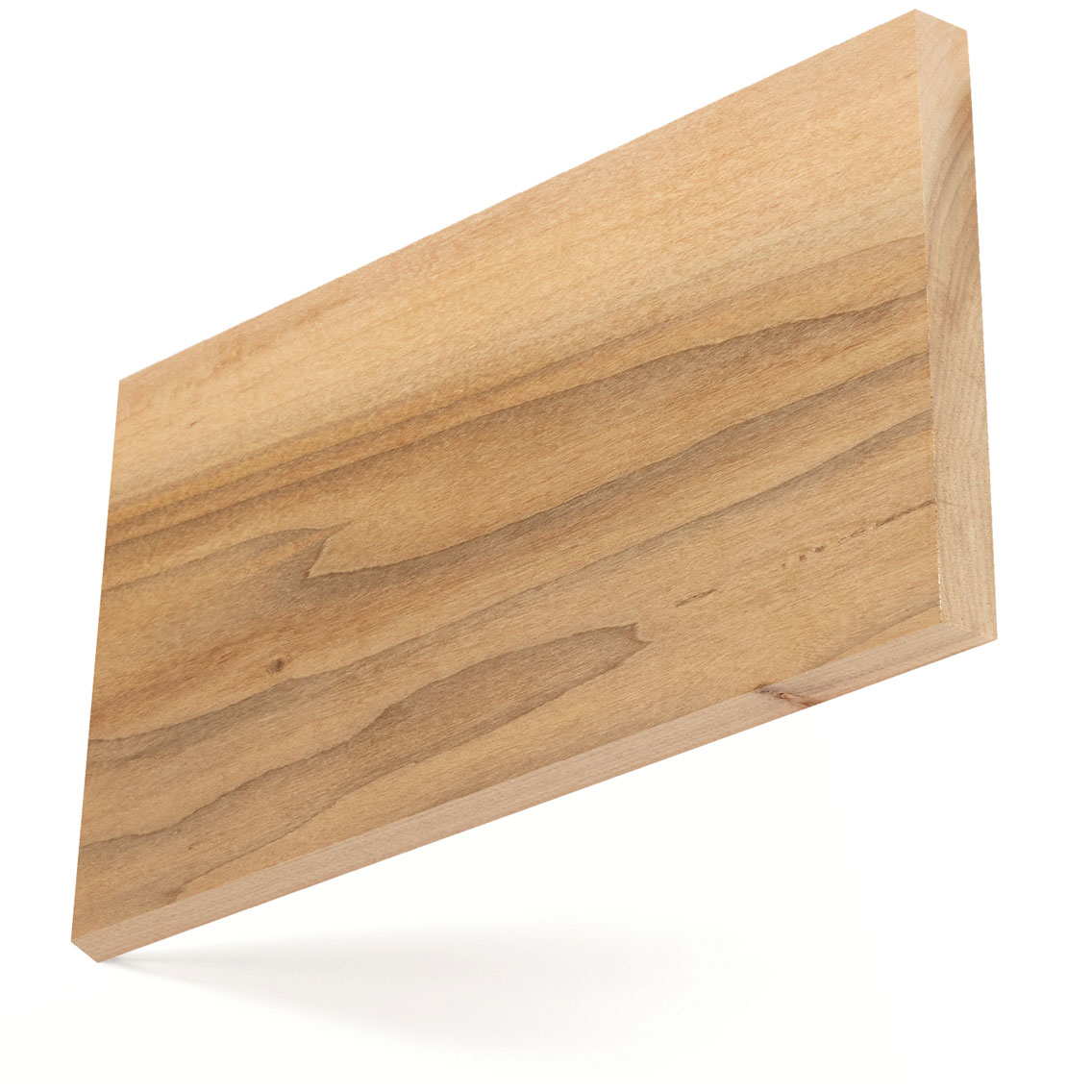American willow
American black willow is a Southern States species, usually associated with water and is just one of many willow species.
Latin Name
Salix nigra
Other Common Names
black willow, swamp willow

Forest Distribution
Compare speciesAmerican black willow trees grow naturally in the Central and Southern States mainly along the Mississippi river and beside lakes. The best trees of willow can grow very tall and straight but with relatively small diameter and may be multi-stemmed.
FOREST GROWTH
FIA data shows U.S. willow growing stock is 56.7 million m3, 0.4% of total U.S. hardwood growing stock. American willow is growing 1.15 million m3 per year while the harvest is 0.31 million m3 per year. The net volume (after harvest) is increasing 0.84 million m3 each year. Willow growth exceeds harvest in most U.S. states that are host to the species
LCA Tool
seconds
Material Availability
Compare speciesWillow is only available on a regional basis mainly in the southern States and in limited volumes of sawn lumber in export grades. It is primarily produced as thinner stock (4/4") so the availability of other thicknesses may be more limited. Veneer may also be available from specialist suppliers.
Wood Description
Compare speciesThe wood of willow has a fine and even texture. The grain may straight or interlocked and may present attractive figure. The narrow sapwood varies according to site conditions and is light to creamy brown in colour but can be almost white. The heartwood is distinct ranging from pale reddish brown to greyish brown and can be quite dark. Burls and swirls in the grain are natural characteristics and are not considered defects.
Mechanical Properties
The wood of willow is light in weight and soft. It is weak in bending strength, compression, shock resistance, stiffness and has low steam bending classification.
-
0.39
Specific Gravity (12% M.C.)
417 kg/m3
Average Weight (12% M.C.)
11.50%
Average Volume Shrinkage (Green to 6% M.C.)
53.800 MPa
Modulus of Rupture
6,960 MPa
Modulus of Elasticity
28.300 MPa
Compressive strength (parallel to grain)
N/A
Hardness
Performance
Compare species- Willow works fairly well with machine and hand tools, but care is needed to avoid a fuzzy surface when interlocked grain is present. It nails and screws well and has excellent gluing properties and can be sanded and polished to a very good finish. It dries rapidly with minimum degrade, although it may be susceptible to moisture pockets. Willow shrinks as it dries but its dimensional stability is good when dry.
- The wood is non-resistant to heartwood decay and resistant to preservative treatment. The sapwood is permeable.
Main Uses
Compare speciesBlack willow is used for furniture, joinery and interior mouldings. It can be used stained as a light coloured substitute for walnut.

